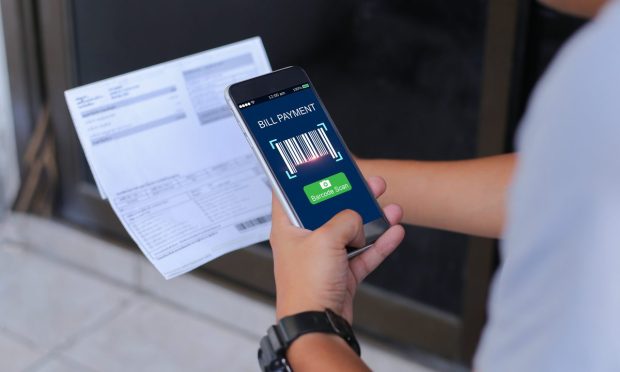In Latin America, Consumers Want eCommerce With Local Payment Methods

The rise of the connected economy has opened avenues of commerce — where wielding everything from cellphones to tablets to cars, consumers can transact in more ways than ever before.
And they can transact in more places than ever before. With all that connectivity comes the ability to engage in cross-border commerce.
Erika Daguani, vice president of Products at payments platform EBANX, told PYMNTS in an interview that Latin America represents an attractive market for all manner of firms. But there is no one-size-fits-all approach to the region, and success depends on meeting consumers where they want to pay and how they want to pay.
With a few stats, we can see the appeal. More than 90% of consumers in Chile now have access to at least one internet-connected device — compared to 75% in Colombia and 60% in Peru.
The conversation came against a backdrop in which credit and debit cards are becoming more widely used for digital purchases in Latin America, accounting for 70% of eCommerce purchases last year, she said, making them the top payment method. But drill down a bit and local credit cards accounted for a third of all Latin American eCommerce transactions in 2021.
With those local cards in hand — and not international ones — sizable percentages of consumers might otherwise be blocked from fully embracing eCommerce’s potential because those cards won’t work universally. In Brazil, for example, only 20% of individuals have international cards.
Addressing the Pain Points
That has led to a number of pain points in an environment where, as Daguani said, “the key for the cross-border transaction … is to give access” to new markets. That access runs both ways, for consumer and business alike.
At a high level, she said, it shouldn’t matter where a consumer is when they’re making a purchase online — or what kind of card they have in hand.
To that end, the firm enables international enterprises to enter Latin America by offering local payment methods. This allows merchants to broaden their customer bases and gives customers access to a slew of products and services that might otherwise have been out of reach.
Take Brazil, for instance, where Boleto (formally known as Bancario Boleto), a ticket-based payment method that works via barcodes, is wildly popular with unbanked consumers. That payment method now accounts for 10% of eCommerce in Latin America’s largest economy, said Daguani.
But she said Boleto can represent a challenge for merchants new to the market to understand, much less integrate. By offering a single point of access for those firms, EBANX can streamline the go-to-market process while continuing to give Brazilian consumers a way to buy online or offline or subscribe to a streaming service.
Daguani noted that buy now, pay later (BNPL) — relatively novel elsewhere — has been firmly entrenched in countries such as Brazil and Argentina. Consumers in those countries are well used to paying for all manner of transactions over time, spanning 12 months or more. BNPL “makes sense” for credit and debit card transactions, she said — especially as the card rails are “ready” for BNPL and the increasing wave of card-not-present (CNP) transactions.
Digital wallets are also gaining steam across the region, said Daguani, growing at double-digit rates annually.
“At the end of the day, the one who will choose the right payment method will be the end user,” she told PYMNTS.
No matter the payment method chosen consumer trust is an especially critical factor. She noted that Brazil is relatively further along the open banking adoption curve than might be seen elsewhere, and consumers are generally open to sharing their details with third-party providers.
“The consumer must have trust in their financial institution to offer up their information in order to access new loans or even do business with other banks,” she said.
Looking ahead, she told PYMNTS, “using the payment method you have in your hands is key [to eCommerce] and is quite important. It’s a game changer for Latin America — and for the entire world.”
